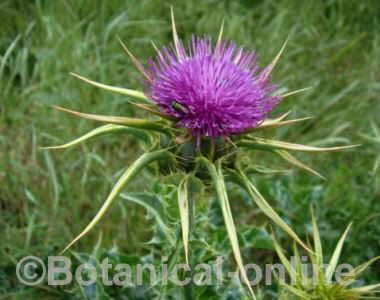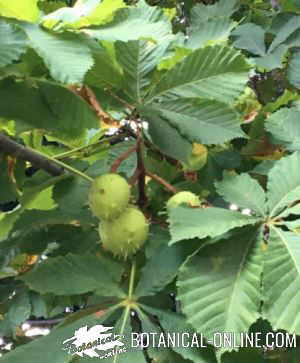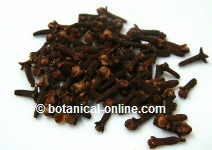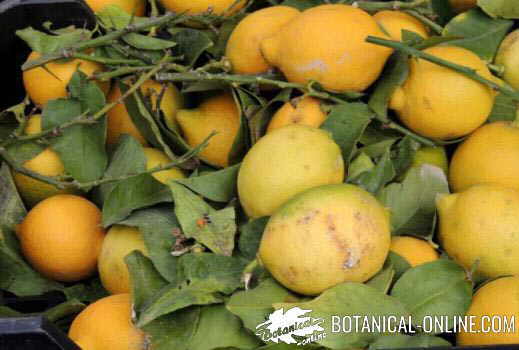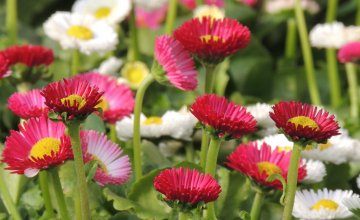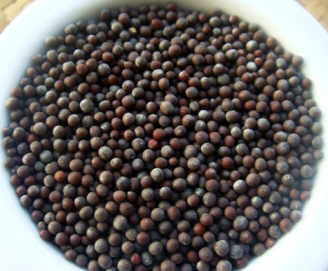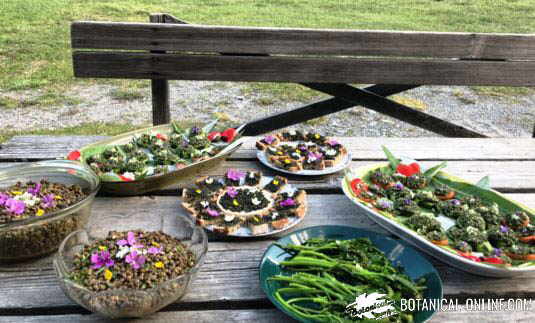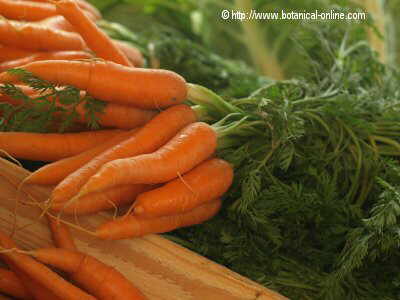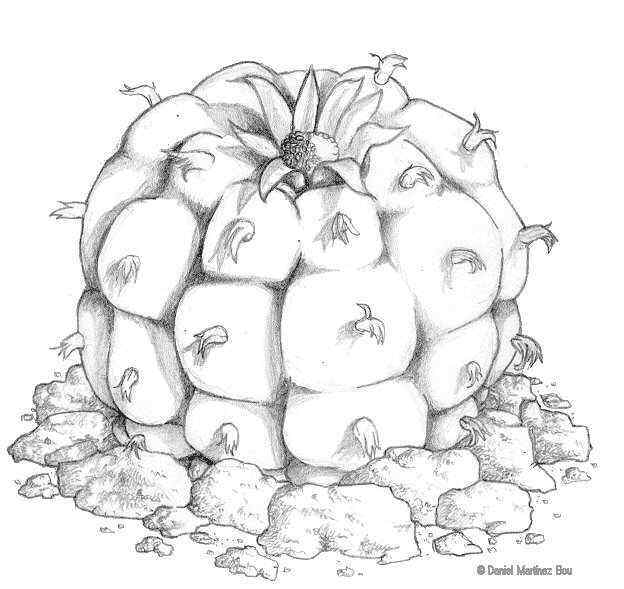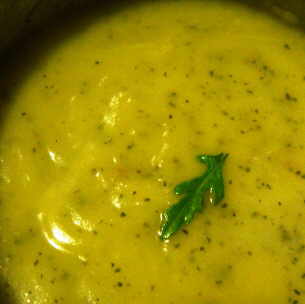Contents
Malaria herbal remedies
Natural medicinal plant remedies for malaria
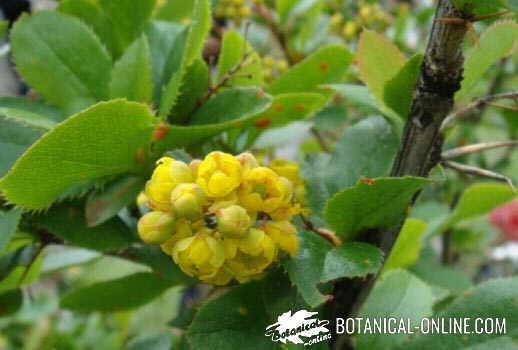
Barberry (Berberis vulgaris) is rich in berberine. Berberine is a natural antimalarial found in the root and bark of this plant.
For thousands of years, people have used different herbs and natural remedies specific to each area where malaria resides.
Although many of these treatments can be effective against symptoms or as an aid to official drug treatments, the only drawback is having difficulties in measuring the required dose, which may prove to be too little or too much.
Therefore, we must be careful and take this into account.
Traditional Chinese Medicine for malaria
It is often used in combination (no as a substitute) with other antimalarial treatments, physicians should be clearly aware of their decision, to assess their interaction.
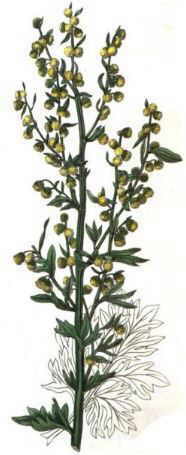
Illustration of Artemisia annua , antimalarial plant
- Qünghaosu or Artemisinin (Artemisia annua) : a drug extracted from the plant Artemisia annua, which has been used for thousands of years as antimalarial medicinal plant in China and also in parts of SouthEast Asia. In developed countries it is often not easily found, since the risk of toxicity is very high.
- Chinese goldthread (Coptis chinensis) is a plant of Chinese origin, whose active ingredient is berberine or coptisine (alkaloids). It is used as a preventative for malaria, for its purifying action of the liver, which removes toxic substances.It is related to an inhibitory effect of the enzyme MAO (monoamine), MAOA acts on melatonin, serotonin, dopamine, epinephrine and norepinephrine. It may also be beneficial as a preventative for digestive and intestinal disorders.
Western phytotherapy for malaria
Treatment usually starts with a drug derived from quinine. This treatment depending on symptoms presented by each person, can be complemented (not substituted) with other treatments against malaria and its symptoms.
Clearly, physicians should be aware of their decision, by means of assessing different drugs interaction.
THE TRADITIONAL METHOD OF TREATING MALARIA Red cinchona or quinine (Cinchona pubescens): It is a plant that contains an alkaloid called quinine, very well-known to be used against malaria disease. It was formerly used for its properties to reduce fever, but it has now been replaced by another plants, specially white willow (Salix alba), which has the same antifebrile effect. White willow is cheaper than red chinchona. Considering that malaria-endemic areas are very poor, it turns out to be a good substitute to combat feverishness, although it is usually only used if the sick people react poorly to other drugs or as a further complement. Red cinchona infusion is made with ¾ l water and 3 tablespoons of quinine. Boil half an hour and take it in the morning, afternoon and evening. |
Berberine for malaria
Barberry (Berberis vulgaris) The bark of this plant contains an alkaloid, called berberine, like goldthread (Coptis chinensis). It is usually taken as a remedy to reduce fever caused by malaria.
This remedy is usually taken after reaction to other drugs has failed, as an addon. (Infusion in ¾ of water of 3 tablespoons of barberry, when it comes to a boil turn off and let sit for fifteen minutes. It is taken in the morning, afternoon and evening)
Other natural remedies are:
- Acai (Euterpe oleracea): A preparation is usually done with crushed root, boiled and strained, that has to be taken in the morning, afternoon and evening. It helps reduce fever that malaria causes.

Milk thistle preparations protec the liver against the destructive effects of malaria
- Milk thistle (Silybum marianum) It is a plant that is often used as a preventative or as a complement of the treatment of malaria. It is used in cases of liver failure, as it helps to purify the liver, reducing the effort required by this organ to eliminate toxic substances from contaminated blood.
- Wormwood (Artemisia annua): It is a plant that is often used as an aid in the treatment of malaria, as it helps to reduce fever. It also has other effects that may be beneficial in this situation such as its antiinflammatory effect, also useful in liver disorders (jaundice or liver failure), because it helps purify toxins. Its leaves are also used as a remedy to repel mosquitoes and prevent mosquito bites. It is applied as an ointment on the skin.Guanabana or soursop (Annona muricata) The plant has a strong antibiotic power due to its content in acetogenins, especially the leaves and seeds. It is able to fight serious infections such as malaria and leishmaniasis.
- Cobbler’s Pegs or Dry love (Bidens pilosa L.): It is known to be used in areas of South America to help fight malaria. Additionally, in other areas, its detoxifying effects for blood are also known
- Cassia or senna (Cassia acutifolia or Cassia angustifolia) Cassia is plant known for its laxative properties. A variety of the plant, namely Cassia fistula L., has been attributed other properties, which can be helpful against food that causes malaria.

Horse chestnut bark decoctions are used to treat malaria
- Horse chestnut (Aesculus hippocastanum): Horse chestnut bark is used as a substitute for quinine (alkaloid extracted from the Quina), to combat malaria intermittent fever. (Decoction for 15 minutes, 50g of the bark of the tree, in one liter of wine. Strain and drink a glass, 2 times a day)
- Lesser centaury (Centaurium erythraea Raf.): It helps reduce fever, so it can be helpful in the case of intermittent fever symptoms typical in malaria disease. (Infusion of a tablespoon of dry leaves and flowers, for every liter of water. Strain and drink before eating) Lesser centaury is also indicated for chronic anemia produced by malaria. (Maceration for 48 hours of six tablespoons of dry flowers of this a plant in a liter of white wine. Strain and drink half a glass 15 minutes before lunch and dinner)
- Cassia (Cassia acutifolia ssp. or Cassia angustifolia): it is a plant known for its laxative properties. There is a variety of this plant, specifically Cassia fistula L., which is attributed other properties, which can help against the fever that causes malaria. (Warning , it is a purgative plant)

Because of its antiseptic and insecticidal properties, clove is used to fight malaria.
- Clove (Eugenia aromaticum caryophyllata = Zyzigium):It is a spice, which, since ancient times, has been considered to combat infectious diseases, so we can use it as a malaria aid for its antiseptic properties.
- Epazote (): Due to its content in ascaridol it has antimalarial properties, but treatments with this plant are not recommended due to its toxicity.
- Yellow gentian (Gentiana lutea), It helps to counteract the intermittent fevers symptoms involved with malaria: It can be taken as a tea, hot or cold, made with just over half a teaspoon of the root, per 250ml of water. Let stand for 4 hours, strain and drink before eating. Yellow gentian is also used to minimize the chronic anemia that malaria can cause(Infusion prepared with a teaspoon of chopped root, per one liter of water. Strain and drink half a glass 15 minutes before lunch and dinner)Other variants of the same species, have similar effects (similar). The Gentiana quinquefolia, for example is recognized for its medicinal properties in the treatment of malaria.
- Gin is an alcoholic beverage made from distilled cereals and flavored with herbs like juniper. It is used to mask the bitter taste of quinine (alkaloid extracted from the Quina).
- Guarana (Paullinia cupana) taken as a tea, can provided as with analgesic properties that can help fight the initial symptoms of headache, malaria. But it is also thought to help reduce malarial fever.

Lemon juice diluted on water can be used to diminish some symptoms of malaria
- Lemon (Citrus limonum Risso) Lemon tree fruits can produce juice that helps minimize fever symptoms of malaria. They confer beneficial properties reducing fever, thirst and dryness that this disease generates, relieving its symptoms (Prepare a beverage with a whole lemon and the same amount of water to soften its acidity. Increase one lemon juice everyday to a maximum of 7 lemons)
- Hemp (Cannabis indica) Marijuana and hashish are attributed with many properties for thousands of years. One, is that it can be beneficial to combat the effects of the disease of malaria.
- Boldo: (Peumus boldus): The traditional medicine where it is endemic, in Chile, is used as a remedy against malaria.
- Parsley (Petroselinum crispum (Mill.) AW Hill): It can be used as a preventative or as an adjunct to malaria treatment, as it helps to purify the liver, reducing the effort required by that organ. By increasing the elimination of toxins, it can help to counteract the swelling of the spleen and liver that contracting malaria involves. (Decoction of parsley, prepared with half teaspoon of dry extract of leaves per liter of water. It must reduce its volume over half. Strain and drink 20ml in the morning) (You can also administer it on the skin as an ointment, to soothe the discomfort of malaria mosquito bites.)
- Goldenseal (Hydrastis canadensis): It is a plant that can be used as a preventative or as an adjunct to other treatments, as it helps to purify the liver. It also has antimalarial properties, beneficial in case of needing to reduce fever or in other needs such as, haemostatic (it helps stop bleeding) and as an insect repellent (in some parts of North America)
- Linden (Tilia x europaea): It helps reduce fever (antipyretic) and may be useful as a sport drink when the person infected with malaria begins with febrile seizures.
- Field Verbena (Verbena litoralis): It is a Chilean variety of Verbena officinalis. Similar properties are attributed to Verbena officinalis, but it has also been conferred specific properties against malaria.
Other methods to fight malaria
- Lecithin extracted from soy (Glycine max) acts against parasites and may be useful in combating malaria disease. Some animals such as sea cucumbers can manufacture lecithin, so they are usually eaten in parts of Japan (sushi) and in Spain (rice).
- A species of fish, called Guppy (Poecilia reticulata), are known to feed on mosquitoes that transmit malaria disease. For this reason, in some areas where the disease is endemic, they are introduced and used as preventative method to reduce the number of mosquitoes and hence the amount of mosquito bites.
- Bats are animals prized for Chinese society. Since many years, they are known to feed on mosquitoes. bats are helpful to reduce the spread of the insect-borne diseases by reducing the amount of infective mosquitoes with malaria disease, so the amount of people infected by them.
![]() More information on malaria.
More information on malaria.

